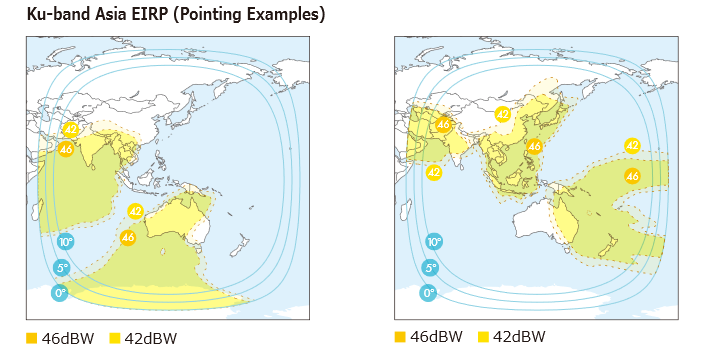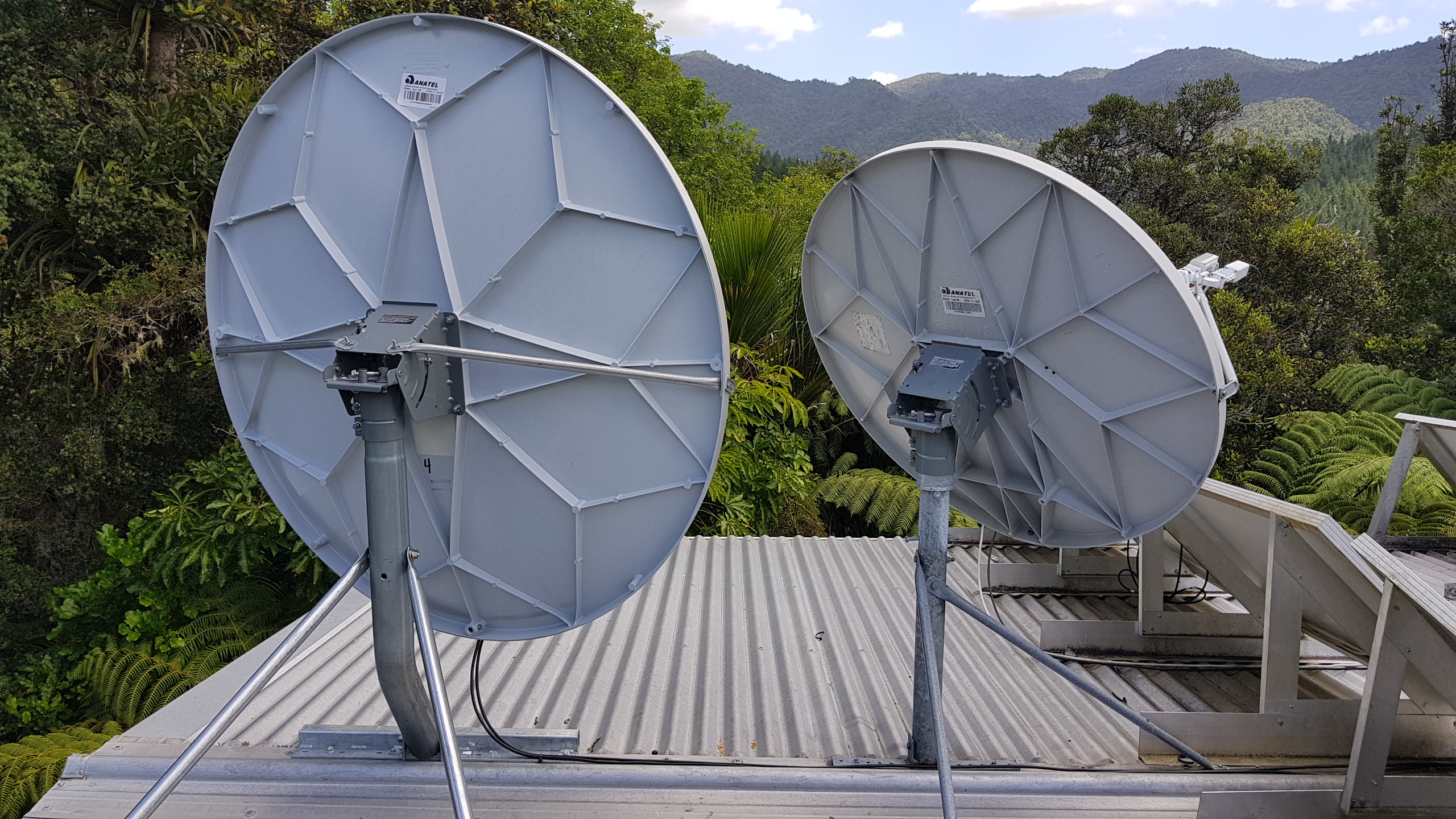GravityInternet:
The dish is 1.2 metres in diameter
What's the maximum wind speed (operational and survival)? Overseas specs often fail to take into account a country situated in the roaring forties. I've seen 100kph limits, which means the dish blows out of alignment rather a lot in NZ.

 Looks pretty good Ku Coverage
Looks pretty good Ku Coverage 


